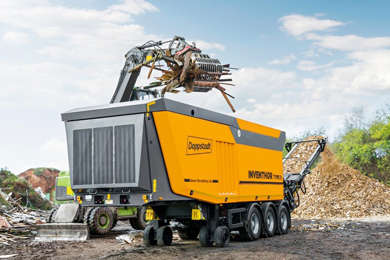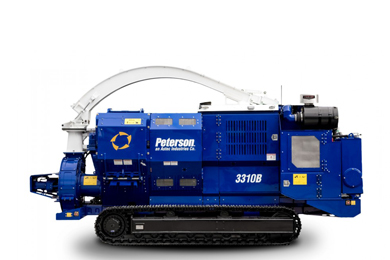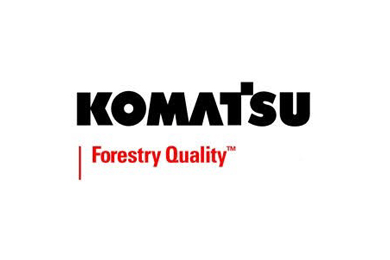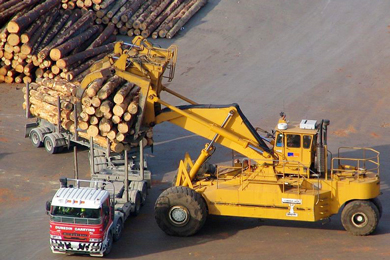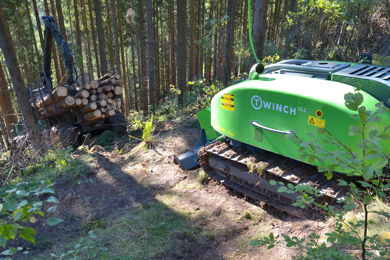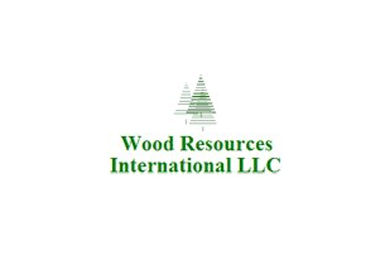The Doppstadt INVENTHOR Type 9 shredder, from the SMART SHREDDING LINE, is a new high-performance machine that is setting new market benchmarks when it comes to quality and performance. By bringing together the most innovative mechanical developments, innovative control and regulation systems, and a brand new noise emissions concept, Doppstadt has created an environmentally friendly cost-effective one-stop solution for the recycling sector.
Thanks to its modular service-oriented construction and range of suspension variants, this machine is equally suited to use as a stationary fixture or in the service industry sector.
A new concept for the smart shredder generation
The INVENTHOR Type 9 is the first machine in an entirely new generation of Doppstadt shredders. Everything, from the drive to the housing and the quick-change tools has been designed with an eye to the future.
The new VarioDirect Drive demonstrates its quality right from the start. It handles even the toughest shredding tasks without any loss of performance, giving it scope for future development and job-specific programmes. From shut-down to running at maximum power, the shredding roller gets to work immediately, even under a full load.
One of Doppstadt’s highest priorities is to reduce exhaust and noise emissions: The INVENTHOR Type 9 meets the Euromot Stage IIIA and IV exhaust emission requirements and will also meet Stage V, when updated. It also performs all its tasks with very little noise. This shredder also features a new range of solutions when it comes to accessibility.
The shredding comb provides generous access to the shredding space, meaning tools can be exchanged quickly and ergonomically. Large new glass fibre doors make daily maintenance tasks easier.
Strong and innovative: this new shredder’s name says it all. Doppstadt fused “inventor”, representing ingenuity, with “Thor” the Norse god, for strength, when naming the machine. Here, “Thor” stands for Thor’s hammer, his magical weapon.
At IFAT, Doppstadt will present the INVENTHOR Type 9 shredder to the world. A knock-out machine for the international market, this machine is built in Germany.
Visit daily live presentations with the INVENTHOR Type 9 at the VDMA “biomass” demo area at IFAT. Doppstadt at IFAT: Hall B6, Stand 439/538.
May 14 to May 18, 2018 in Munich.
The Inventor Type 9 shredder is a high-performance solution for processing a range of waste materials, including biomass, scrap wood and mixed construction waste.




